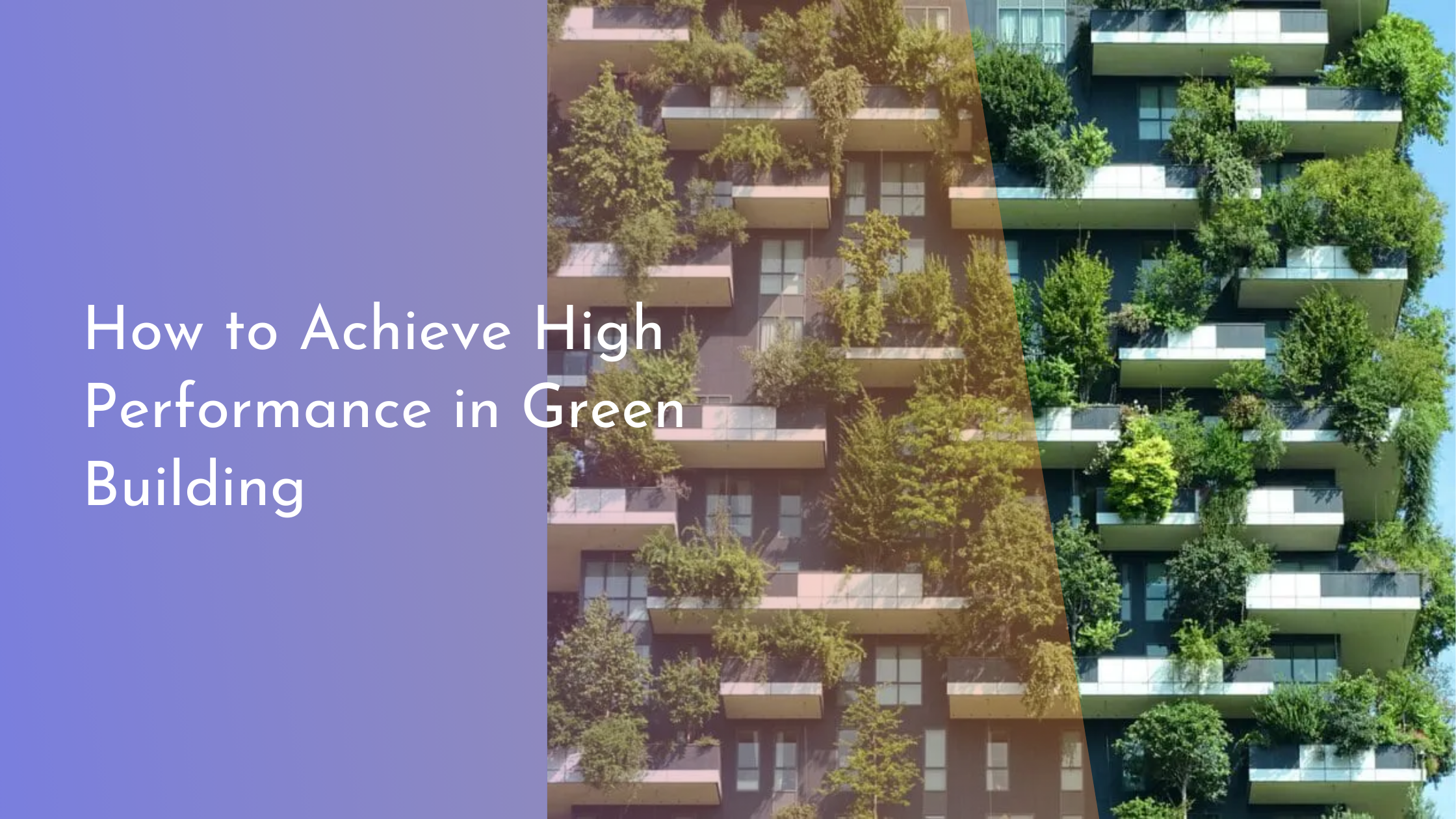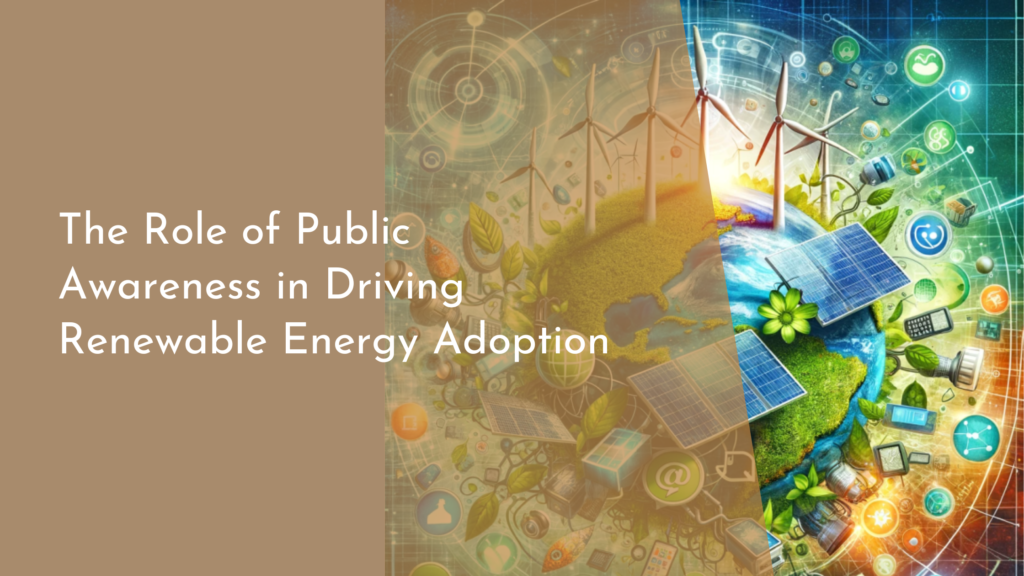How to Achieve High Performance in Green Building
Green building is rapidly gaining traction as the world recognizes the environmental and economic importance of sustainable development. Achieving high performance in green building not only contributes to environmental conservation but also enhances the quality of life by creating healthier living spaces. This article explores key strategies to excel in green building, focusing on foundational principles, energy-efficient technologies, sustainable materials, and fostering innovation.
Understanding the Principles of Green Building
At the heart of green building lies a profound understanding of its core principles which prioritize environmental responsibility, resource efficiency, and social health. These principles focus on reducing the environmental impact of construction and building operations. A green building should minimize waste, conserve water, utilize energy efficiently, and reduce carbon footprints. By embracing these principles, developers can create structures that are not only sustainable but also economically viable and beneficial to the community.
Moreover, understanding green building principles extends to fostering a symbiotic relationship between the built environment and the natural world. This involves strategic site selection and planning that respects local ecology and biodiversity. It also includes optimizing buildings for natural light and ventilation, which not only conserves energy but also promotes the well-being of occupants. A committed focus on these foundational principles sets the stage for a successful green building project.
Integrating Energy-Efficient Technologies
Energy-efficient technologies are critical to achieving high performance in green buildings. The integration of these technologies begins with the adoption of renewable energy sources such as solar, wind, or geothermal power. Utilizing solar panels, for instance, can significantly reduce reliance on non-renewable energy, lowering operational costs and decreasing greenhouse gas emissions. Moreover, advanced energy management systems can optimize energy use by adjusting lighting, heating, and cooling based on real-time occupancy and weather conditions.
Another important aspect of energy efficiency is the implementation of smart building technologies. These include automated systems that monitor and manage energy consumption, ensuring that energy is used only when necessary. Technologies such as LED lighting, energy-efficient HVAC systems, and high-performance insulation contribute greatly to reduced energy use. This not only supports environmental goals but also translates to substantial cost savings over the building’s lifecycle.
Utilizing Sustainable Materials and Resources
The choice of materials plays a crucial role in the performance of a green building. Sustainable materials are those that have minimal environmental impact and are sourced responsibly. These can include recycled materials, certified wood, and non-toxic finishes. The use of such materials ensures that the building process contributes to resource conservation and reduces pollution, while also providing a healthier environment for occupants.
In addition to selecting sustainable materials, resource efficiency can be enhanced through innovative design strategies. Implementing rainwater harvesting systems, for example, reduces water usage and dependency on municipal water supply. Similarly, using greywater recycling systems can further conserve water resources. By focusing on both materials and resources, green buildings achieve a balance between performance and sustainability.
Encouraging Innovation for Continuous Improvement
In the realm of green building, innovation is the key to continuous improvement and adaptation to new challenges. Encouraging a culture of innovation can lead to the development of new technologies and methods that enhance building performance. This could include advancements in energy storage solutions, improvements in material science, or the integration of digital tools for better building management.
Furthermore, fostering innovation involves collaboration among diverse stakeholders, including architects, engineers, policymakers, and occupants. This collaboration can lead to the exchange of ideas and the development of best practices that push the boundaries of what green buildings can achieve. By embracing innovation, the green building industry can continue to evolve, ensuring that buildings remain at the forefront of sustainability and efficiency.
In conclusion, achieving high performance in green building requires a multifaceted approach that incorporates a deep understanding of sustainable principles, integration of cutting-edge technologies, smart use of resources, and a commitment to ongoing innovation. By following these guidelines, builders and developers can create spaces that are not only environmentally friendly but also economically viable and conducive to human health and well-being. As green building continues to evolve, it holds the promise of a more sustainable future for generations to come.


